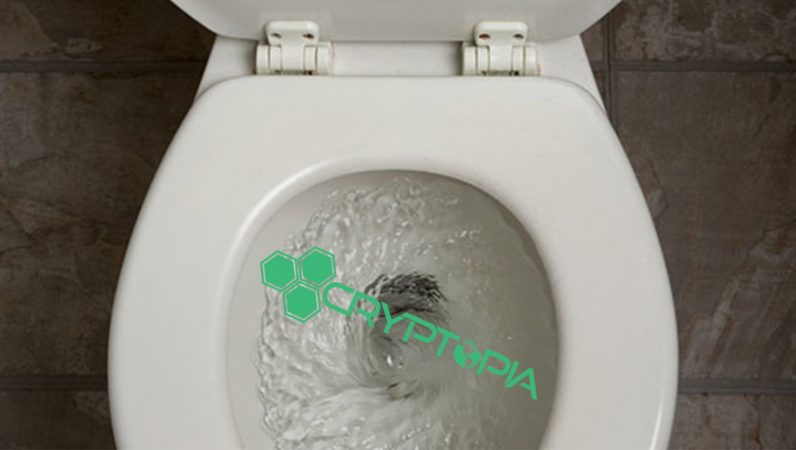2023-8-23 12:45 |
Google’s crypto advertisement made an unsuspecting user fall prey to a scam. The ad used the name CELER, which resulted in a staggering $900,000 loss to the victim.
Scam Sniffer shared information that the victim accessed a site believing it was the official CELER Network site.
Google Crypto Ad Scams Becoming More SophisticatedThe unsuspecting user was redirected to a malicious doppelganger site that mimicked CELER. The fraud site then prompted the user to approve to connect their wallet by signing a transaction. When the victim complied, their digital assets, worth close to $900,000, were reportedly drained from the wallet.
As per Scam Sniffer, “If you don’t look carefully, open it [the site], and connect your wallet, it will launch a malicious signature like the Permit to steal your precious asset’s approval.” The user reportedly signed a Permit EIP-712 message.
A Twitter thread by the victim, identified as @meUP_meQuit, provided an in-depth account of the incident. Turns out his wallet was depleted in minutes following a misguided click on a Google AdWords link.
The victim noted, “I feel ashamed, because usually I would NEVER click on any Google AdWords link.”
Screenshot showing the Google ad redirect. Source: Scam SnifferThe user was under the impression that he was accessing the true CELER site but landed on a scam website that appeared identical to the authentic one. The victim confessed to a lapse in judgment deepened by personal problems, which led to the oversight.
Since the incident, the cybercriminal allegedly converted the stolen funds from USDC to ETH. The scammer later attempted to deposit the sum into the KuCoin Exchange via various addresses.
The user noted,
“KuCoin’s recent introduction of KYC was a good path to fight criminal activity, however more is required from the industry and especially from exchanges. “
Please take a look at our guide to understanding rug pulls: What Is a Rug Pull? A Guide to the Web3 Scam
Can the Rules Be Stricter?While the victim has been trying to engage with KuCoin to try and halt the transfer. The victim is still allegedly waiting on a response.
However, we know this isn’t an isolated incident. The crypto industry has long grappled with fake Google ads and deceptive sites mimicking genuine platforms. These sites replicate the design and logos of genuine ones and also closely mimic domain names.
Now they rely on Google Ads to gain prominence in search results. These deceptive campaigns don’t only steal funds; they often target personal information.
In the past, a Google forum user, Kazuo Kusunose, lost $15,000 to a scam website purporting a “new Chinese cryptocurrency sale.” The site sought to exploit the Chinese CBDC launch.
Google has amended its financial products and services policy to permit only certain projects to advertise, but they need stricter oversight.
In its policy update, Google recognized the evolving nature of crypto-related regulations. However, to address the growing crypto scams, Google could consider enhancing its vetting process for advertisers related to crypto or financial tools in general. It might require multiple levels of verification and a regular blacklisting of scam domains.
The post Google Crypto Ad Scam Drains Victim of $900,000; Do We Need Stricter Rules? appeared first on BeInCrypto.
origin »Crypto User Base (CUB) íà Currencies.ru
|
|




